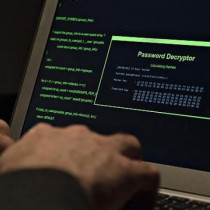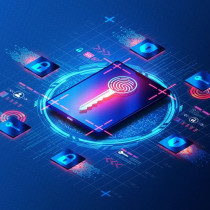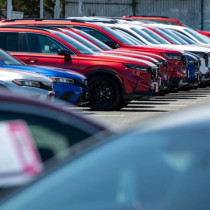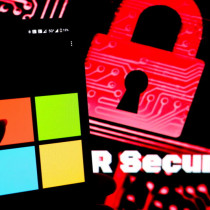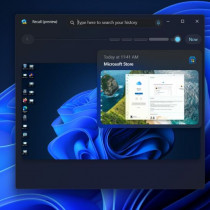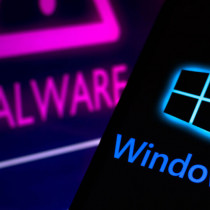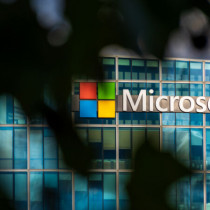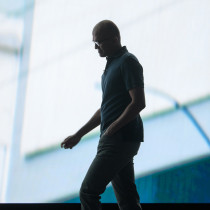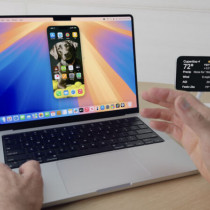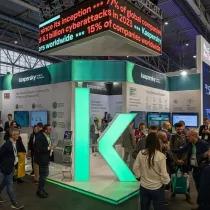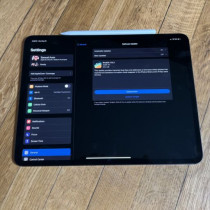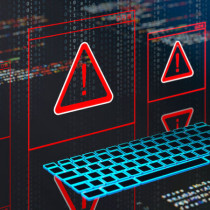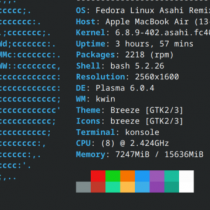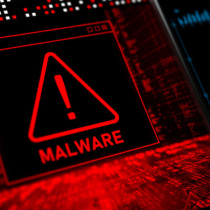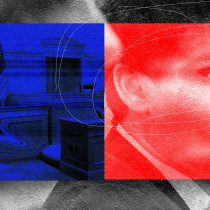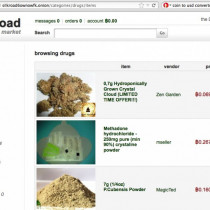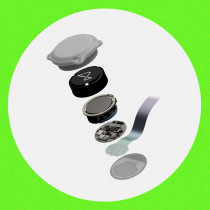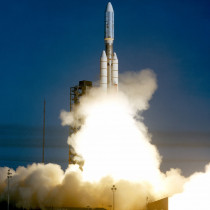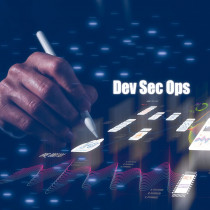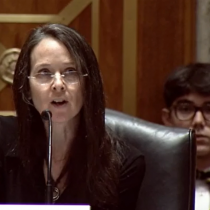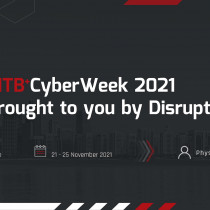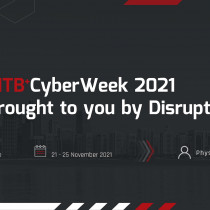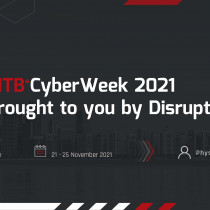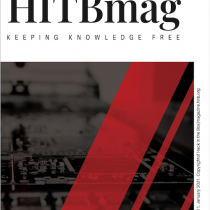Making Linux more like Windows than Windows
How?
Make it so users can't tell (and don't care) it's not Windows, and make it so admins can manage thousands of Linux desktops as easily as Windows.
Nugent thinks there are a lot of buyers, and they're ready to spend money today: government and education markets are two, but the really interesting space is large enterprises. He, and Novell, are so convinced of the inevitability of the Linux desktop that they bought Ximian, arguably the leader in providing a user-, and admin-, friendly face for Linux.
Nugent says Novell is no newbie to the Linux desktop: customers like Cisco have already standardized on Linux desktops for technical users. People who used to have a Unix workstation for their main tasks and a Windows machine so they could get into other employee systems for HR, expenses et al. now "have a single, Intel desktop running Linux."
Truth be known, many Linux-oriented firms point proudly to enterprises that have Linux desktop trials in place among their tech-savvy users. But Nugent thinks business conditions are such that enterprises are ready to try Linux desktops more widely, and Novell is ready to take them to the next level.
He thinks that Novell, with its deep understanding of enterprise IT - from both user and administrator perspectives - along with its recent embrace of Open Source and its strategic acquisition of Ximian - is perfectly positioned to drive Linux desktop acceptance to a wider audience in large enterprises. And he thinks that their customers are ready - today - to jettison Windows, at least in selected departments.

